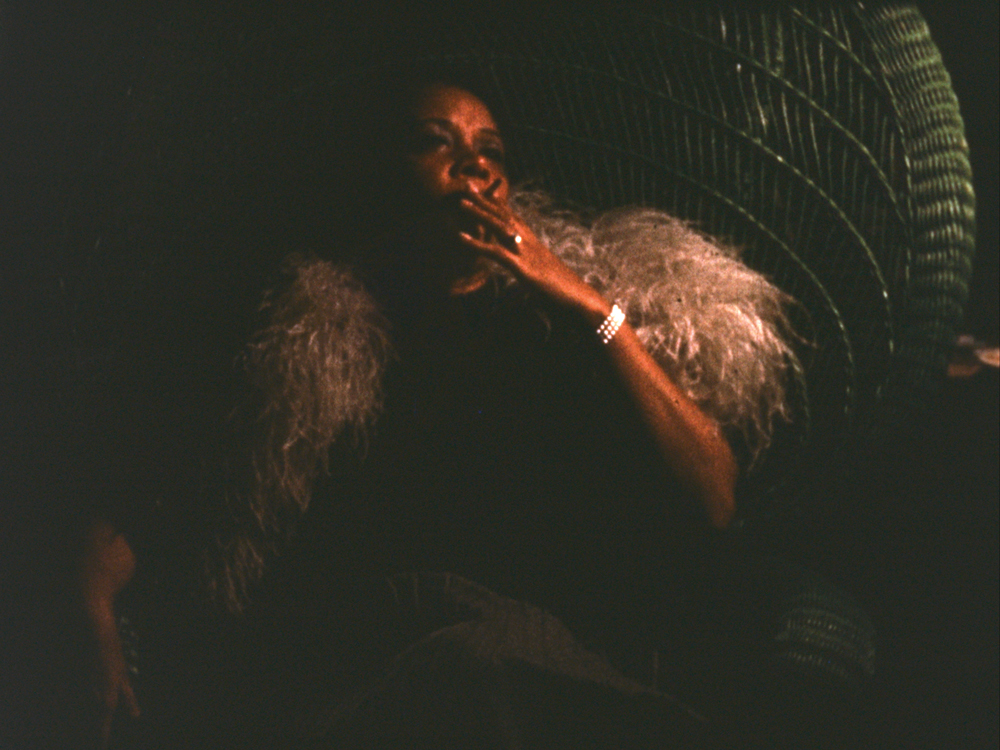
This week, we are thrilled to present a screening of rare films by the late Chicago-based artist and School of the Art Institute of Chicago alum, Edward Owens (SAIC 1966-67).
Owens, who was a native of South Side Chicago, made headway the 1960s New York City underground artistic scene with his beautifully crafted films that poetically explore heartbreak, queer desire, and his own family.
In the following excerpt, critic Ed Halter shares his insight on Owens’ work, reflecting on the filmmaker’s time in New York and his final years in Chicago.
Edward Owens: Private Imaginings and Narrative Facts
Ed Halter
In the mid 1960s, Edward Owens was an African-American teenager attending the Art Institute of Chicago when Gregory Markopoulos arrived to found the school’s film program. Owens, who was then studying painting and sculpture, had already been making 8mm movies for a few years; impressed by the maturity of his work, Markopoulos encouraged him to move to New York. Owens arrived in Manhattan in 1966 with Markopoulos, who quickly ushered him into the world of the city’s cultured demimonde, introducing him to figures like Andy Warhol, Gerard Malanga, Marie Menken, Gregory Battcock, and filmmaker-poet Charles Boultenhouse. Soon, Owens became romantically involved with Boultenhouse, and moved into the West Village apartment where Boultenhouse already lived with his lover of many decades, the legendary critic Parker Tyler, who accepted the arrangement.

Over the next four years, Owens created a cluster of films that display an increasing mastery of form, inspired by Markopoulos’s style but transformed into something purely his own. ‘With each subsequent struggle to complete a film he will leave us breathless with anticipation for his next work,’ Markopoulos remarked around this time. Owens’s featurette Tomorrow’s Promise shows the particular influence of his mentor’s Twice a Man, telling the elliptical tale of a broken romance between a man and a woman through strobing edits, layered images, and dramatically lit nudes. The sophistication of the film is all the more impressive when one considers that Owens was only eighteen years old when he made it. The extant reel of Tomorrow’s Promise still bears the filmmaker’s editing marks, as if a work in progress, though this is the version placed in distribution by Owens, and likely screened at the Fourth International Film Exhibition at Knokke-le-Zoute, Belgium in 1968. Even Tyler, who by the 1960s was highly critical of many new filmmakers, granted Owens curmudgeonly praise for the film, writing that Tomorrow’s Promise bore “a quality so pictorially exciting that the next thing he must do is listen to my advice.”
Read the full piece here.